Getting used to them is faster than you think
Each eye has its own pace, your brain handles the rest
Automate
During the first week you will mainly notice how quickly the brain switches. Focusing on far, intermediate and close distances alternates constantly and within days it almost feels automatic.
Integrate
Combine activities: walking, typing, cooking. This lets your vision experience every distance and creates a natural learning rhythm, preventing jerky jumps between the zones.
Optimise
Have the frame adjusted twice during the first month. A millimetre higher or lower can be the difference between hazy corners and crystal-clear vision.
Put it in perspective
Yes, sometimes the stairs may appear to ripple slightly. That is part of the deal. The minor distortion disappears as soon as your head automatically follows your gaze.
A pair of multifocal glasses is like a Swiss army knife: compact, versatile, surprisingly powerful..
A pair of multifocal glasses is like a Swiss army knife: compact, versatile, surprisingly powerful.
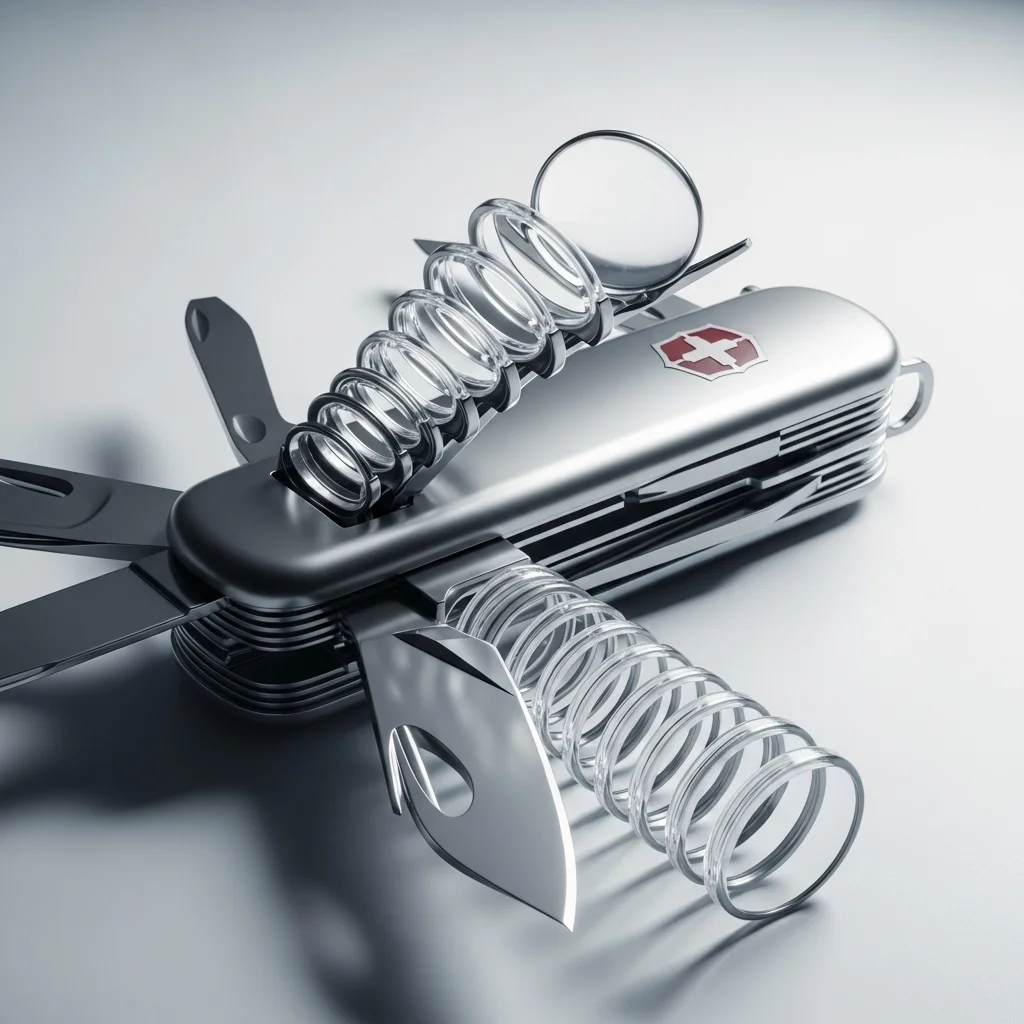
A pair of glasses that combines three zones requires reprogramming of both eyes and brain. Within two weeks most people notice that reading, screen work and driving flow seamlessly into one another.
Watch the micro-distances
Hold a book at 35 cm, the dashboard at arm’s length and the horizon straight ahead. This way you use the two gradient zones to the full without awkward head angles.
Dare to experiment
Change the lighting, walk into a busy supermarket, go for an evening bike ride. The more varied the situations, the faster you will choose the lens profiles intuitively.
Feeling a bit dizzy? Take a short break, then continue
Never switch back to your old reading glasses; it resets the learning process
Check every Sunday whether the temples still fit snugly
Discuss headaches with your optician before giving up after three weeks
Step-by-step plan for a smooth transition.
Follow these simple steps and experience how quickly your eyes and brain adapt to multifocal lenses.
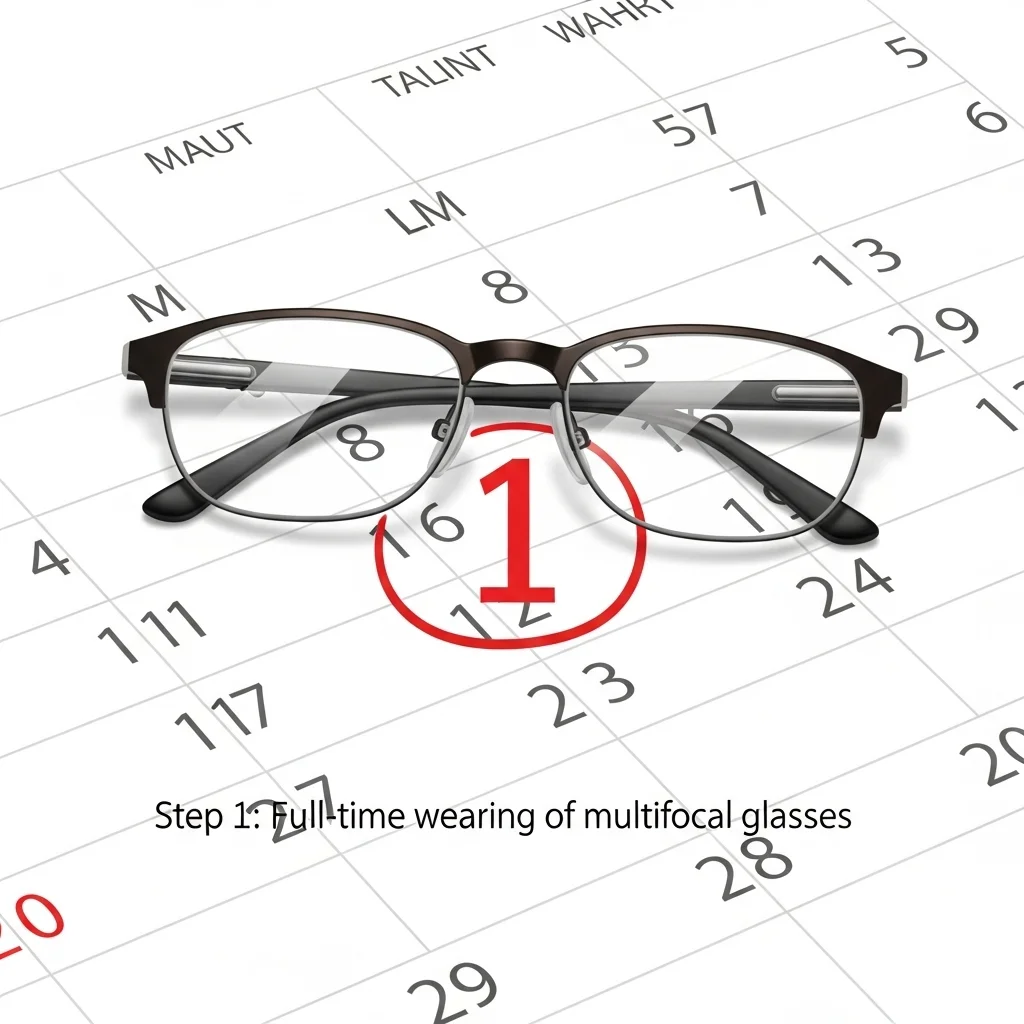
Step 1 – Full-time wear.
Wear your multifocal glasses from breakfast until bedtime during the first ten days. A little discomfort is fine; your eyes are simply looking for the fastest route to sharpness.
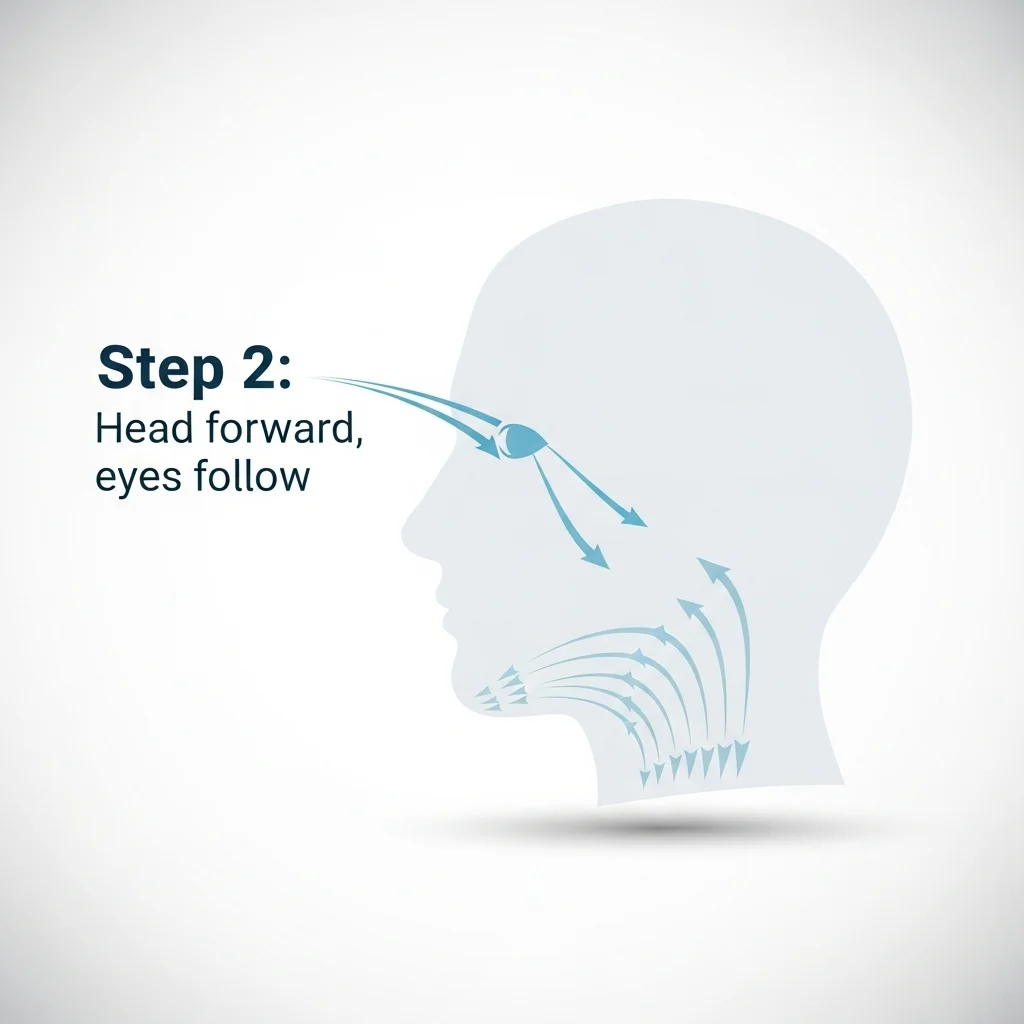
Step 2 – Head leads, eyes follow.
Look with your nose, not just with your eyeballs. When reading, gently lower your chin so you look through the lower reading zone.
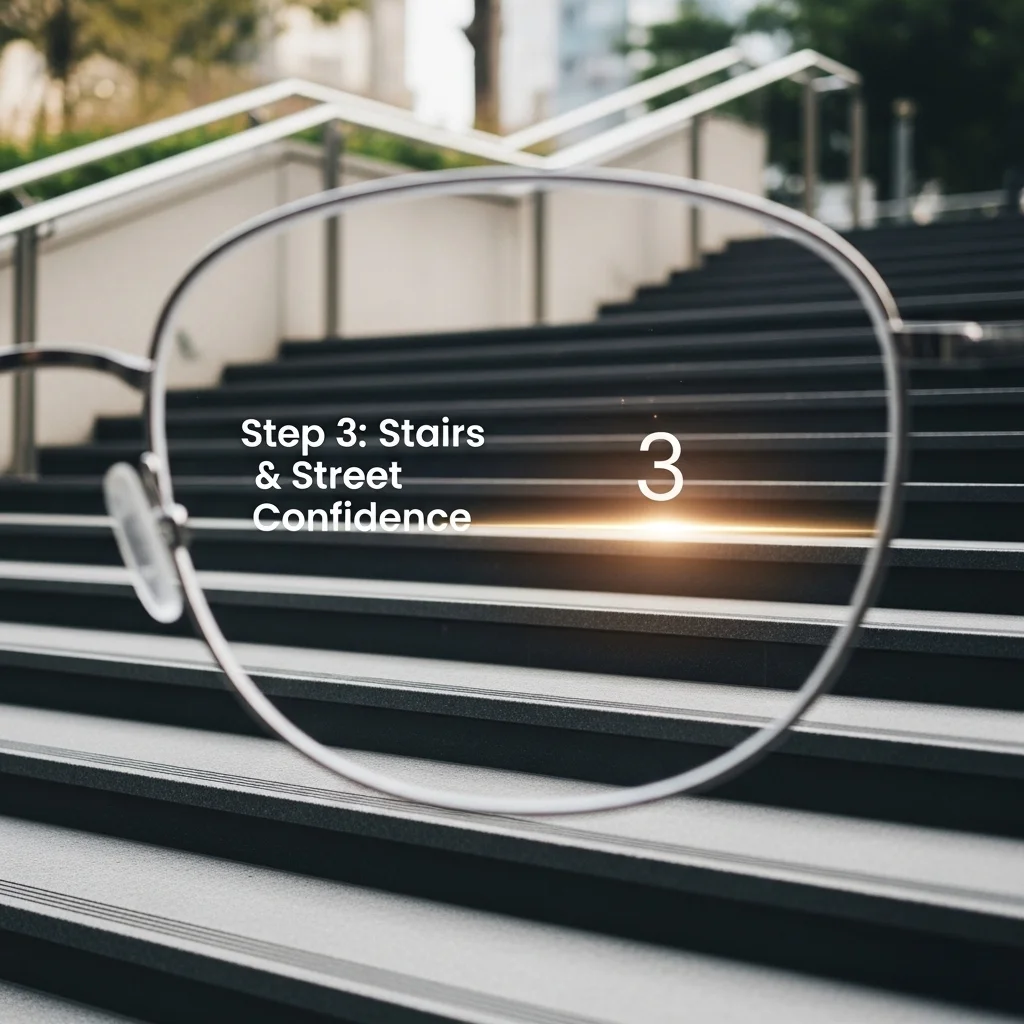
Step 3 – Stairs & street.
On steps or kerbs the upper part of the lens focuses better than you might expect. We have found that people who hold the handrail build confidence more quickly.

Step 4 – Digital test.
Set a fifteen-minute timer and switch between laptop, phone and television. Notice how the intermediate zone softens pixel transitions while the lower area makes text pop.
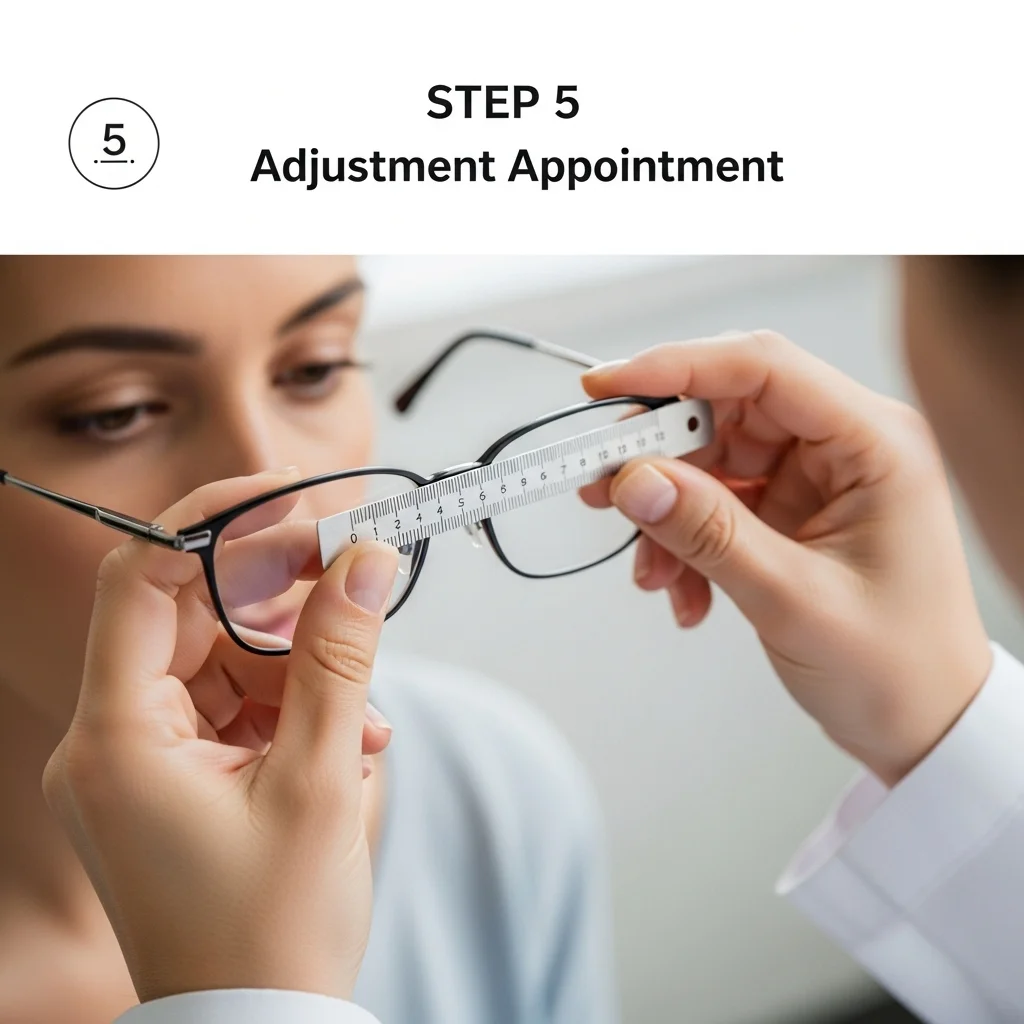
Step 5 – Adjustment check.
Book a check-up around day twelve. We have noticed that a minute shift in the nose-pad can greatly relax the eye muscles, especially for screen workers.
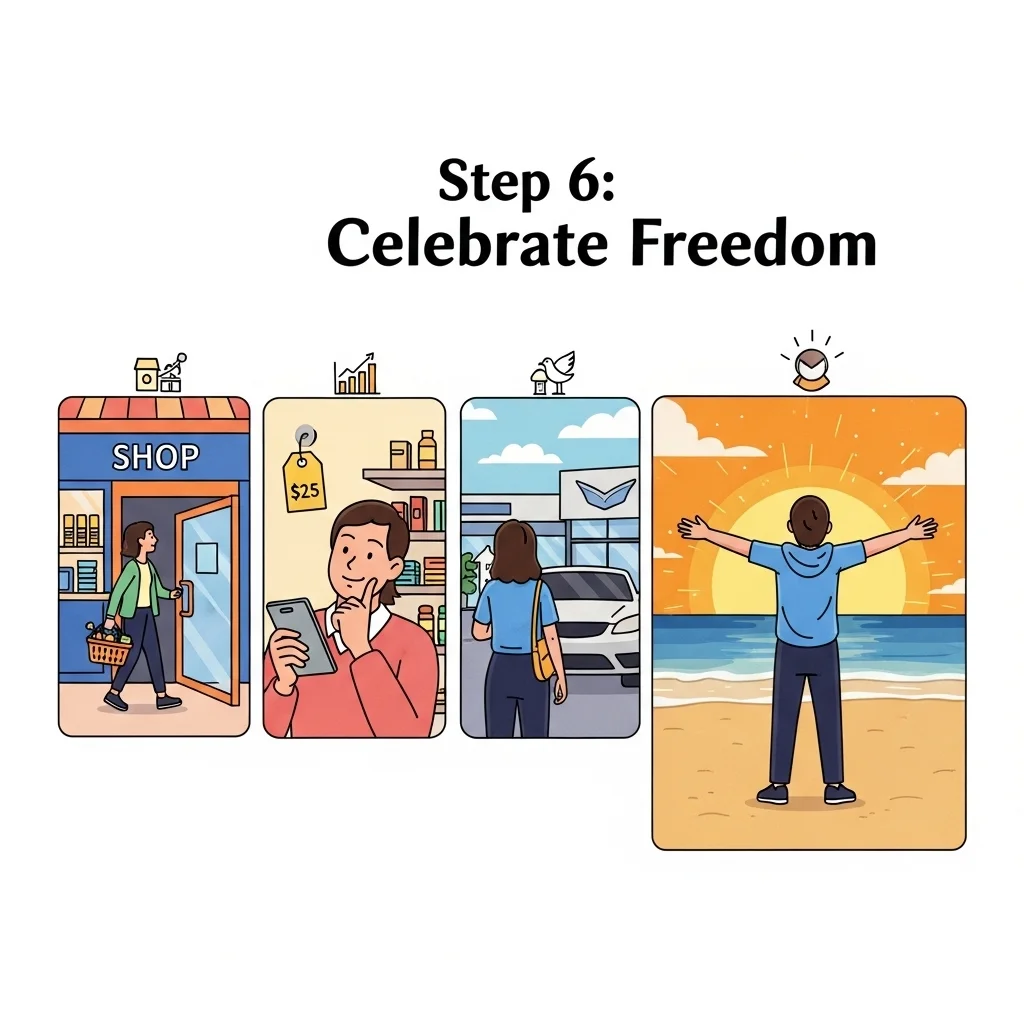
Step 6 – Celebrate the freedom.
After three weeks you will walk into a shop without thinking, read the price tag and spot the exit all in one go. It feels like driving alone for the first time.
Looking without boundaries

A philosophical view on clarity and comfort
The more we focus on details, the faster we lose sight of the bigger picture. A first-time multifocal wearer experiences the opposite: suddenly the bigger picture is included in the same lens that deciphers the small print. That realisation reduces agitation. The head moves more smoothly, the shoulders drop, because the constant hunt for forgotten reading glasses disappears.
Balance between technology and humanity
The lenses may be high-tech, yet it is the person who decides where to look. That interaction can feel unfamiliar at first, but it is a clear invitation to become more aware of distance and posture.
Practical tips from the shop floor
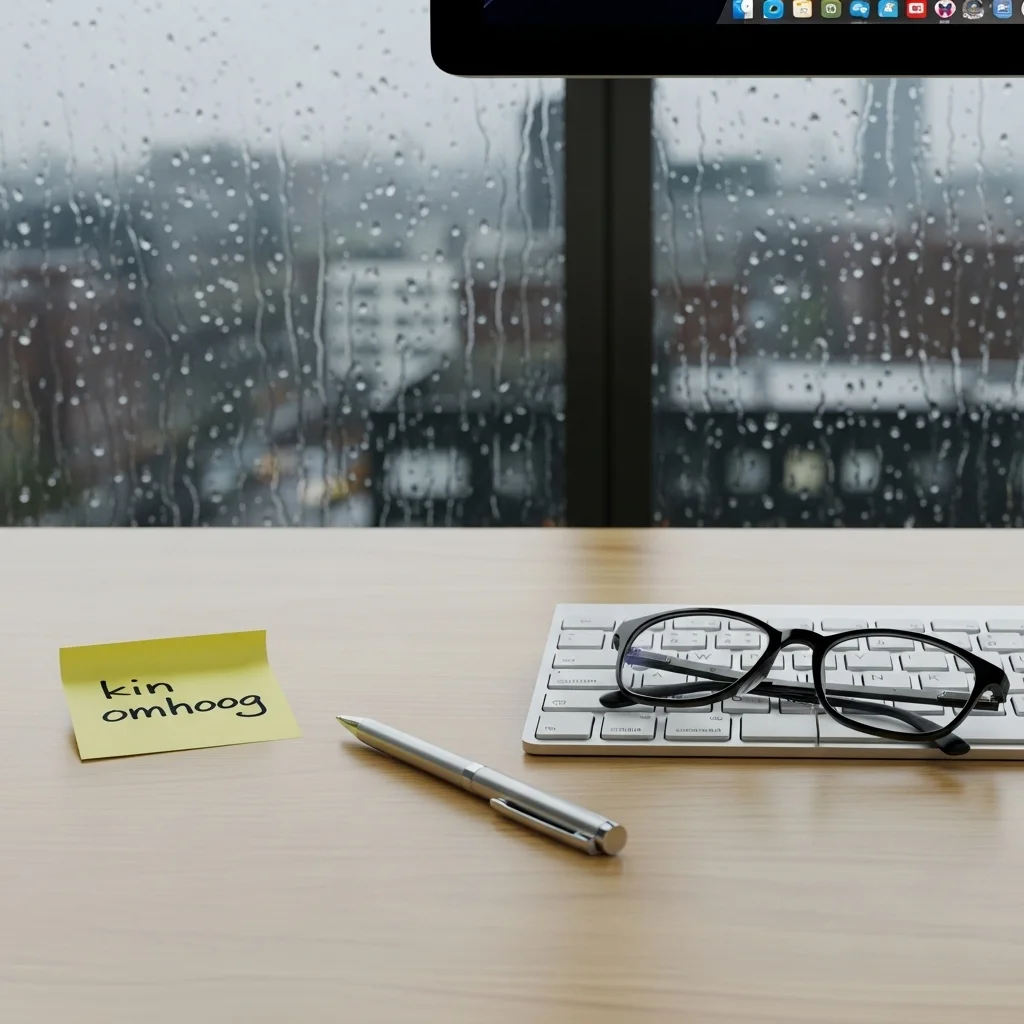
Small actions, big impact in your first month
Our opticians notice that simple habits are the biggest game-changers. Stick a Post-it on your monitor with the words 'chin up' so you remember the intermediate zone for your screen. Lower your office chair by three centimetres so your eyes hit the progressive area exactly. And allow extra time when driving in the rain; raindrops plus new viewing zones demand just a little more brainwork.
Micro exercise for home
Lean back, focus on a photo on the wall, then read the title of a book on your lap and finally look at the edge of the window frame. Repeat this ten times. You will train the muscle pairs that accommodate without anything airy-fairy.
A critical note
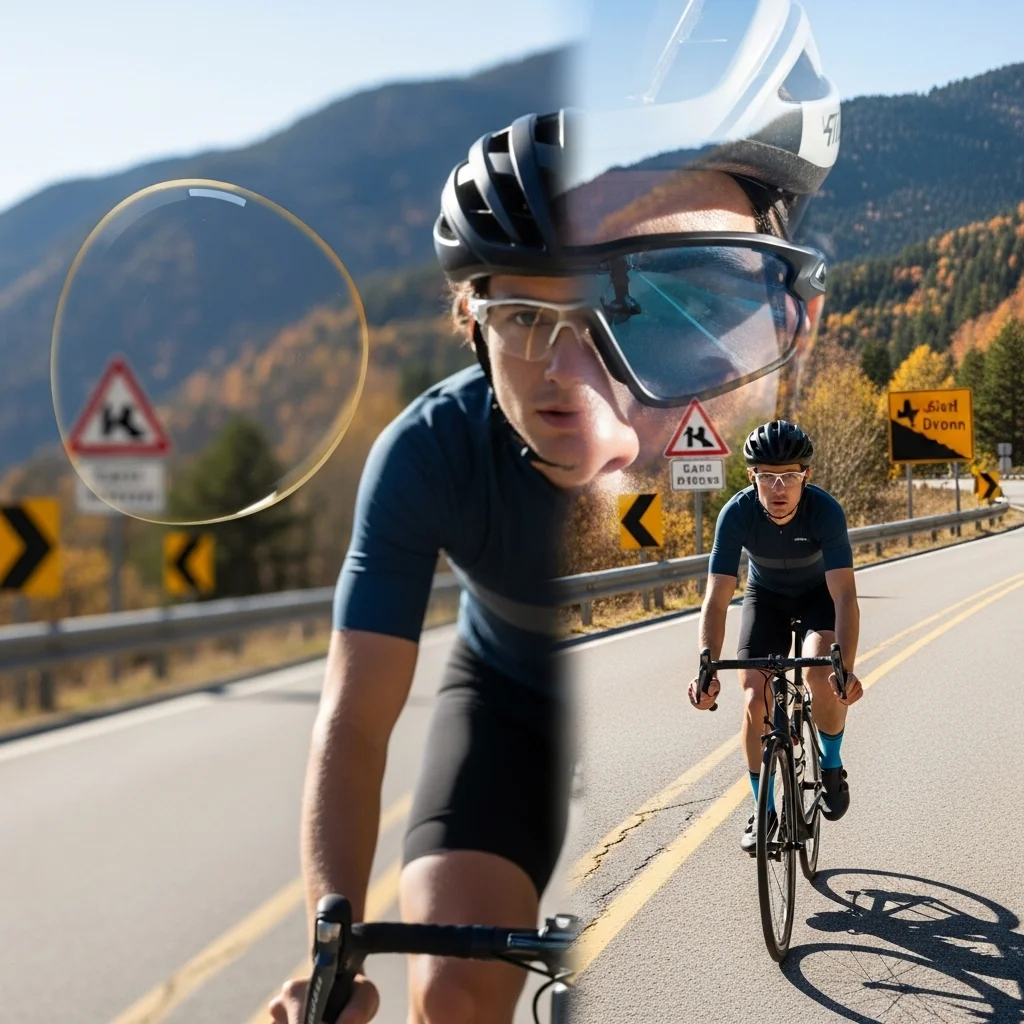
When multifocal is not ideal
Sometimes the pupillary distance is unusual or you have a specific cylinder that contrasts at extreme angles. In such situations a slight distortion remains in the periphery. Test a specialist sports frame or even multifocal contact lenses. You do not have to cling to a single solution; freedom of choice remains.
What if adaptation stalls
Does nausea persist after four weeks of continuous wear? Then it is time for a re-measurement. In practice we often find that just 0.25 dioptre difference was the true source of frustration.
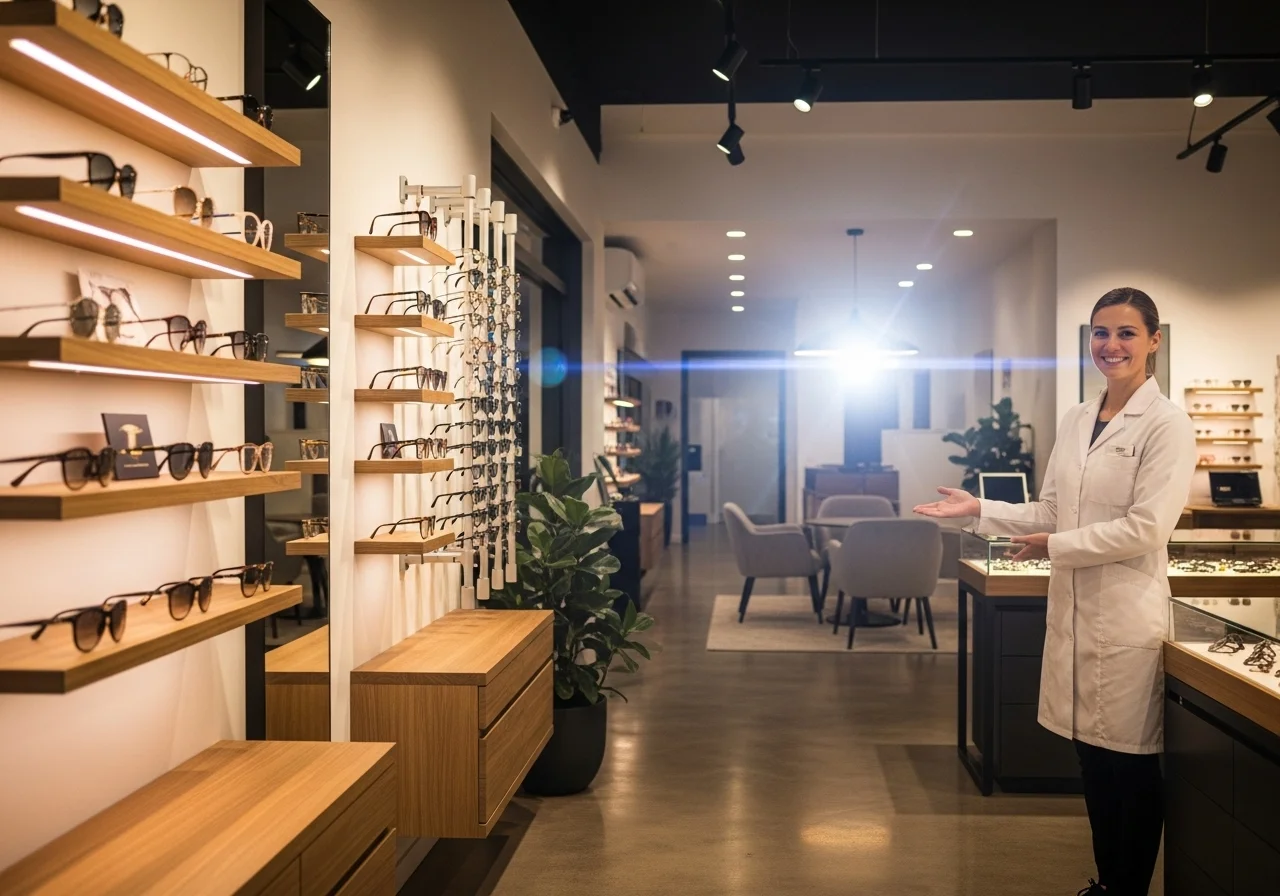

See without switching? Talk to us.
Leave your details or simply drop by Spartner. We listen to your daily habits, take precise measurements and adjust your multifocal glasses until it feels like you have never seen differently. No sales tricks, just an open conversation about razor-sharp vision at every distance.
Why does everything at the edge sometimes look wavy? 😊
The lower and intermediate segments merge in strength, causing the outer millimetres to distort slightly. Your brain filters that out largely after a few days.
How long am I allowed to fall back on my old reading glasses? 🤔
Preferably not at all. Every minute you switch between two pairs increases your adaptation time and yes, that wastes the effort you have already made.
Is driving with multifocals actually safe? 🚗
Absolutely, provided you first practise on a quiet route. Use the upper part of the lens for the road and turn your head towards mirrors to avoid the blurry edge area. After a week it feels just as natural as before.
Will I always get a headache at the beginning? 😣
Not necessarily. About one third of starters report slight pressure behind the eyes, mostly due to tense muscles. A short break, some blinking exercises and a proper frame check usually solve it.
Can a multifocal frame look sporty? 🏃♀️
Definitely. Brands now combine lightweight frames with scratch-resistant free-form lenses. Do choose a snug model so the visual centre does not shift while moving.
What does such a pair really cost? 💶
Prices vary widely and depend on lens design, coatings and frame material. Because we do not want to create an obsession with numbers, we advise focusing mainly on comfort and future-proofing.
How do I know the lenses sit at the correct height? 📏
The pupil should fall exactly in the centre of the upper distance zone. Stand upright in front of a mirror, look at your reflection and check whether the lens markings (if still visible) hit that intersection.
Does my health-care policy cover any of the purchase? 📄
Many supplementary packages cover between €100 and €250 every three years. Check the small print, as some only reimburse single-vision lenses.
Can I still switch to contact lenses later on? 😉
Yes, there are multifocal lenses that mimic almost the same visual pattern. Expect a new adaptation period, although it is usually shorter because your brain already knows the viewing zones.










.webp)
